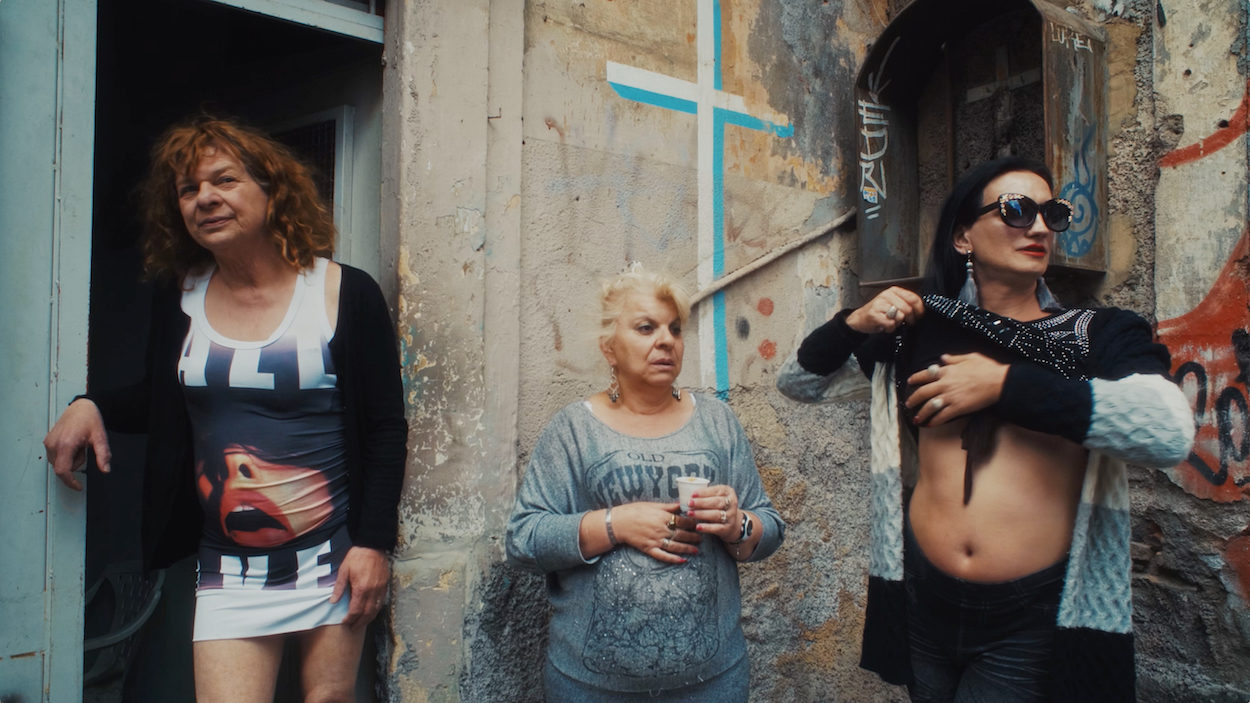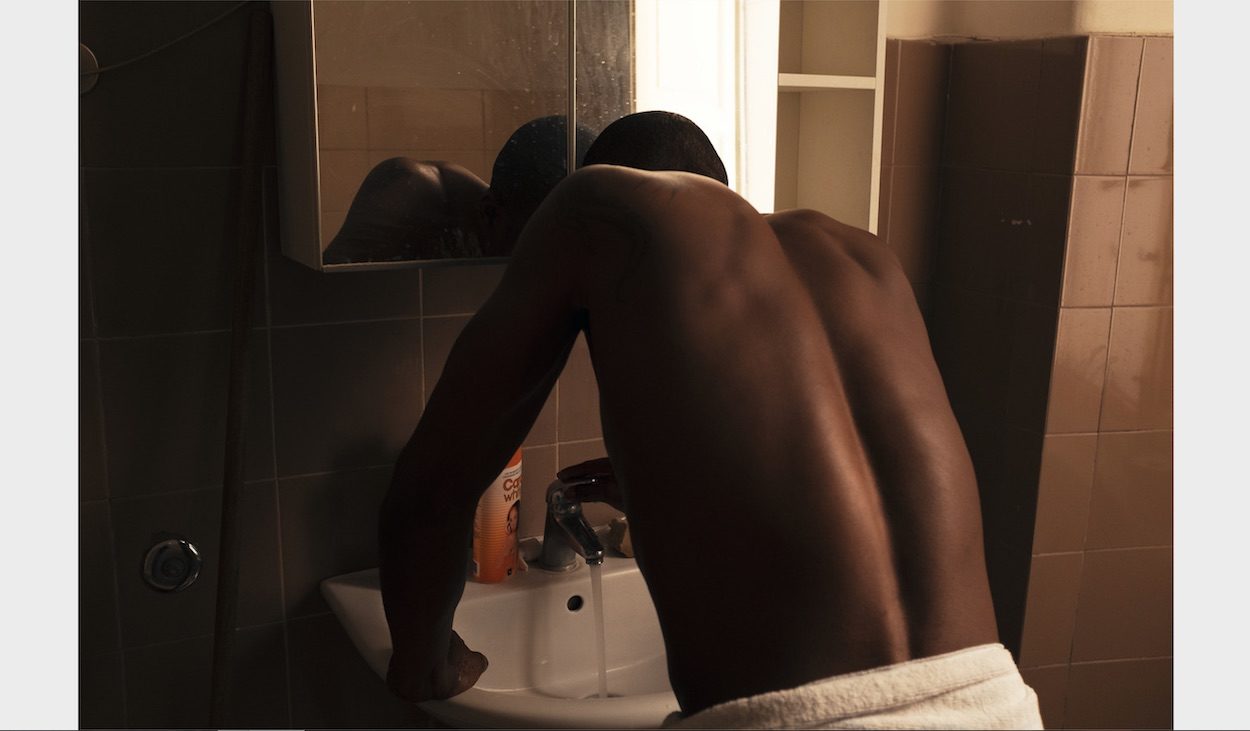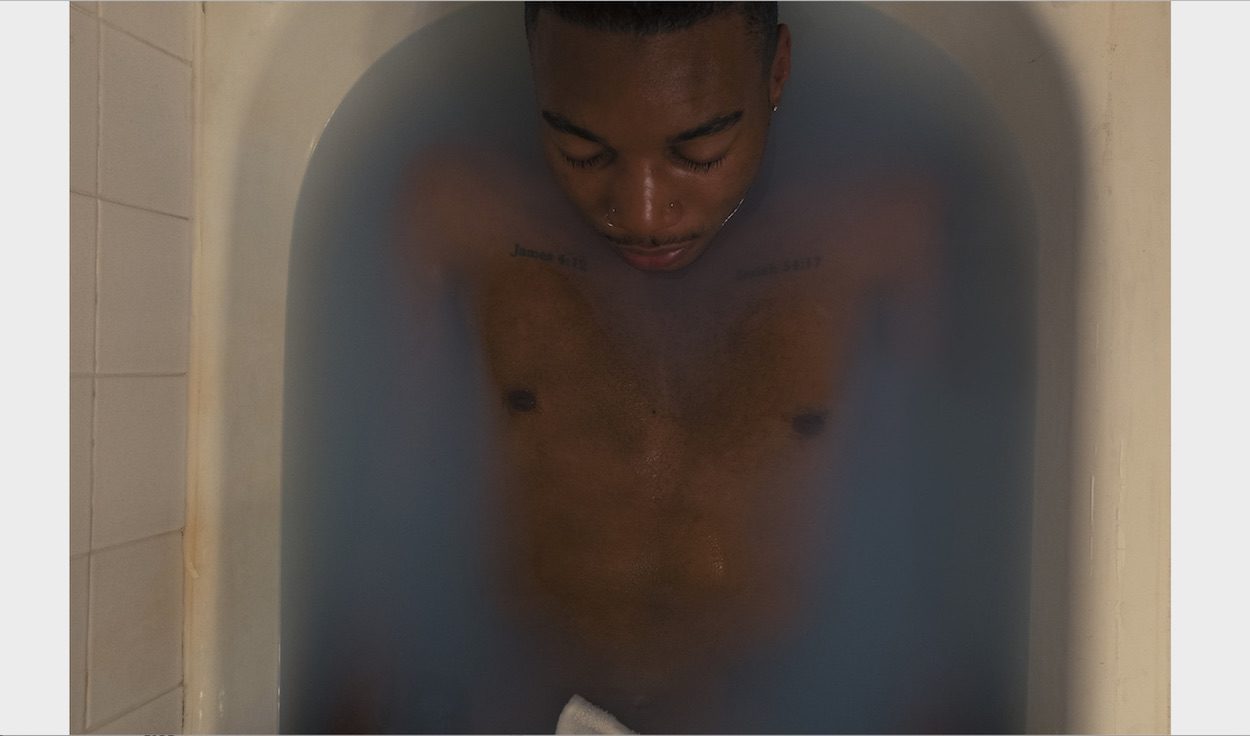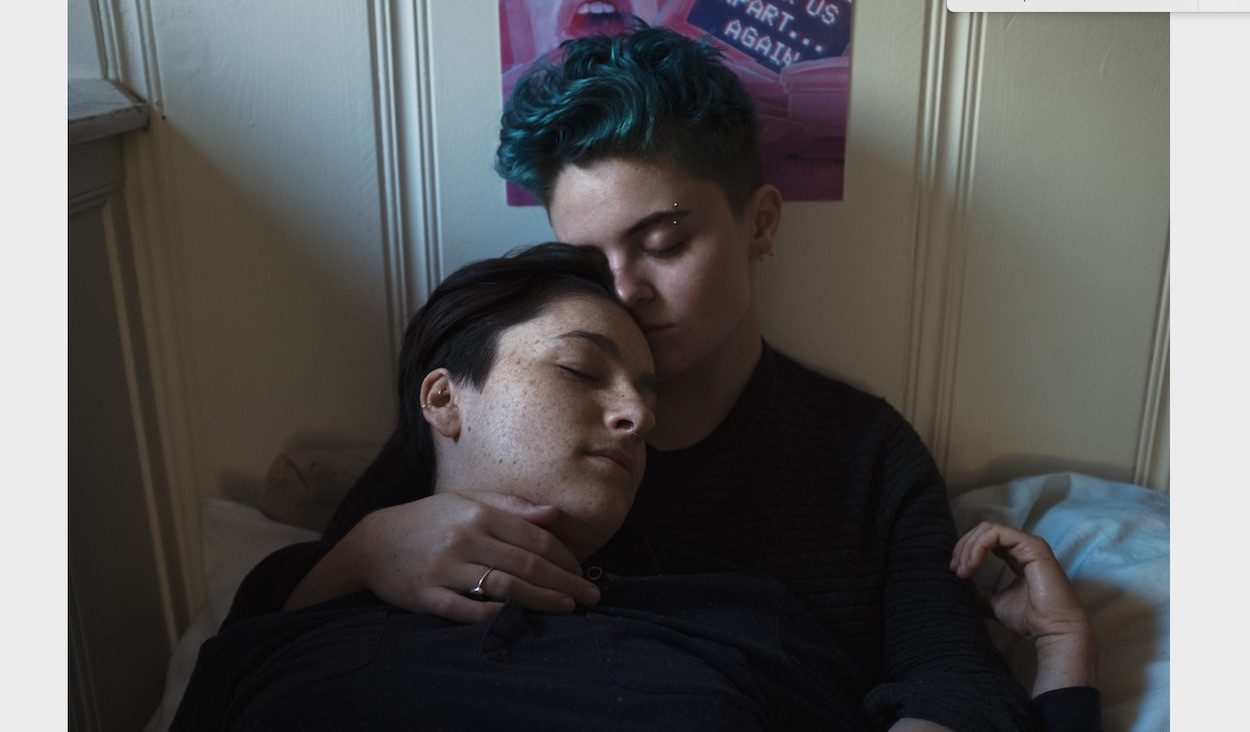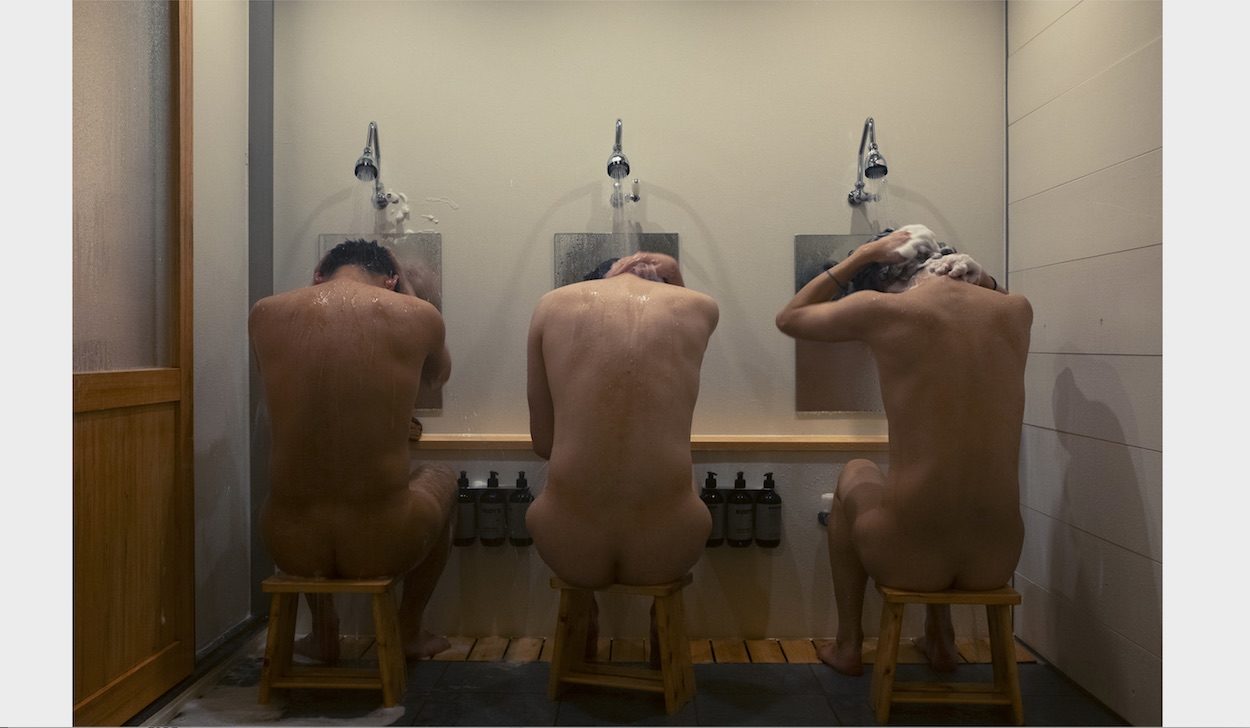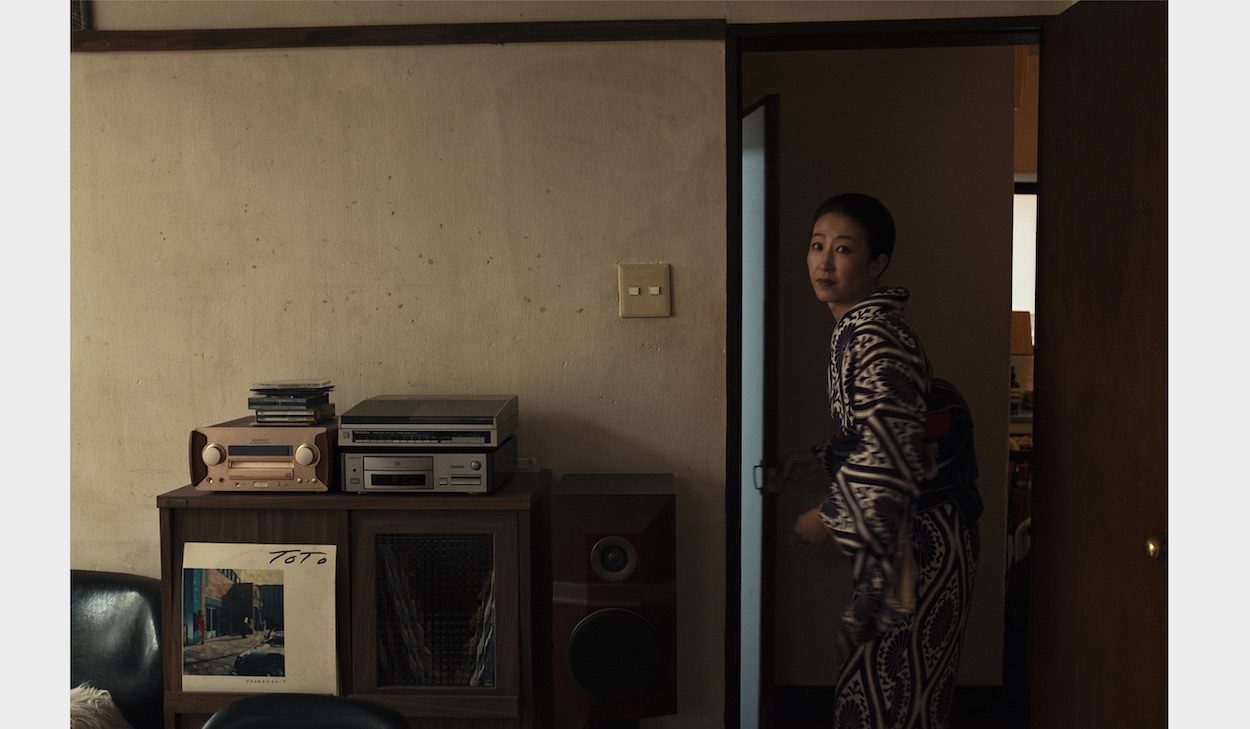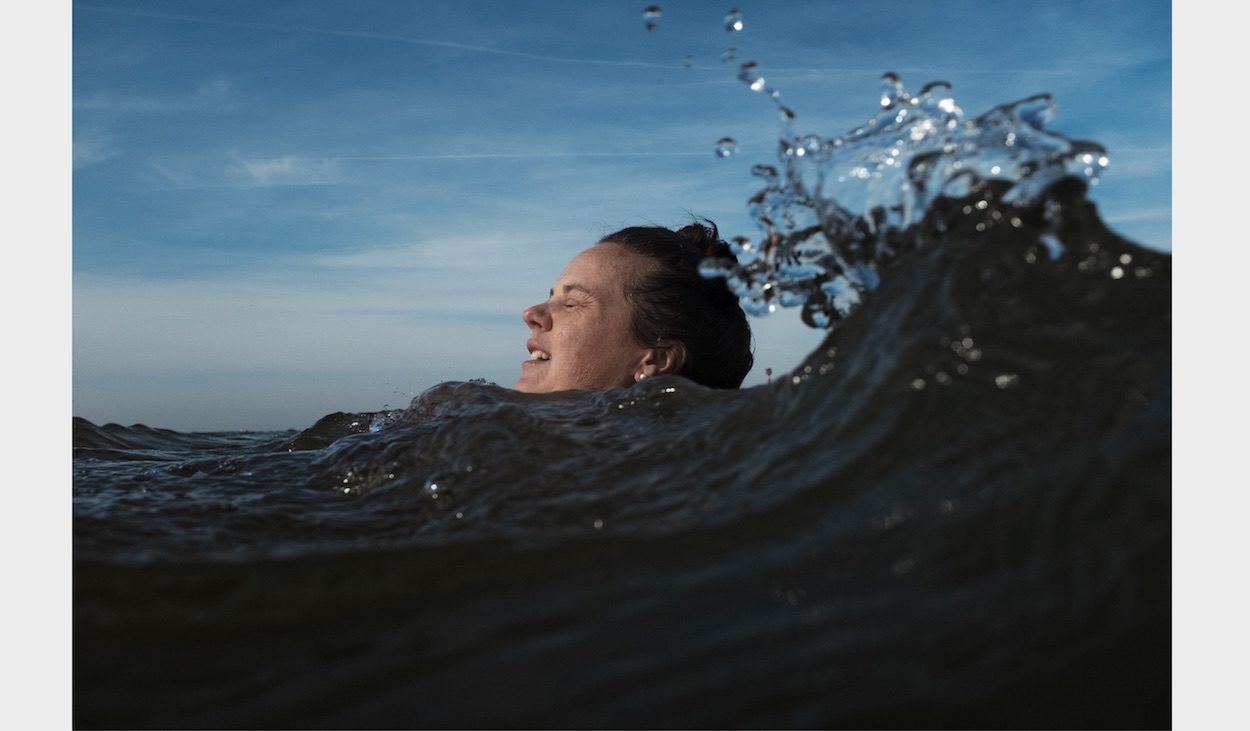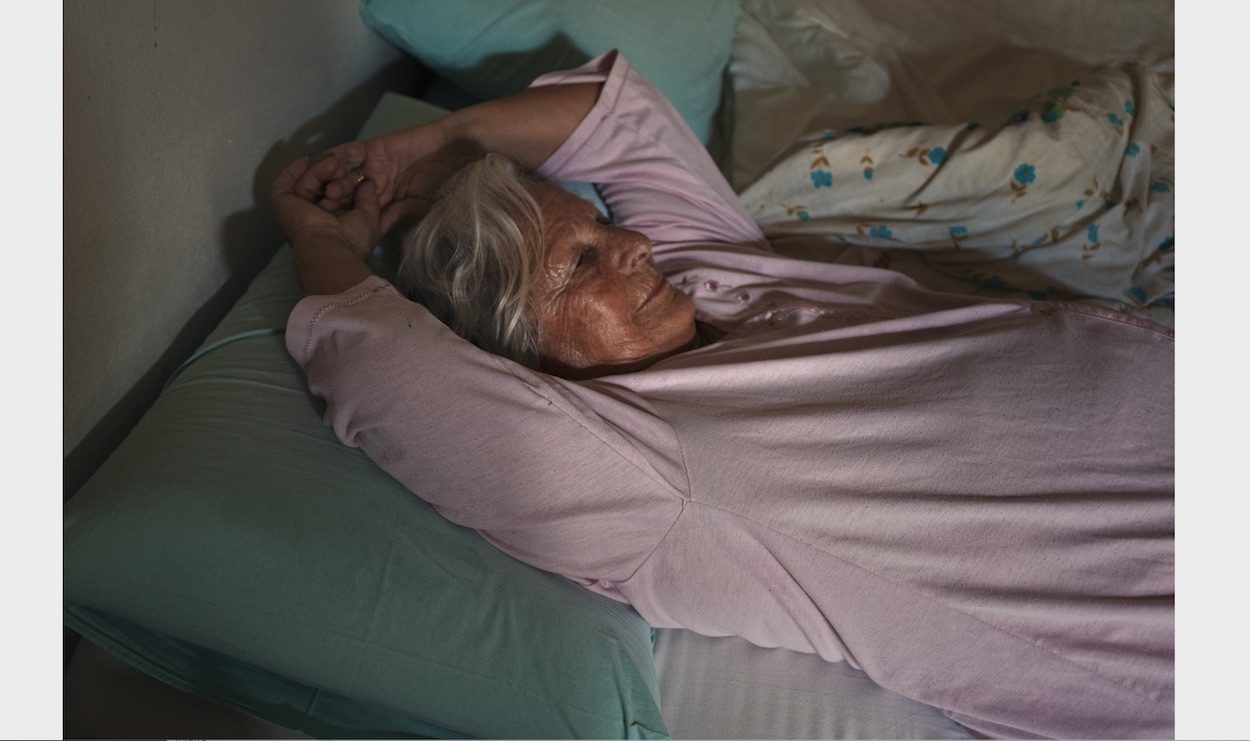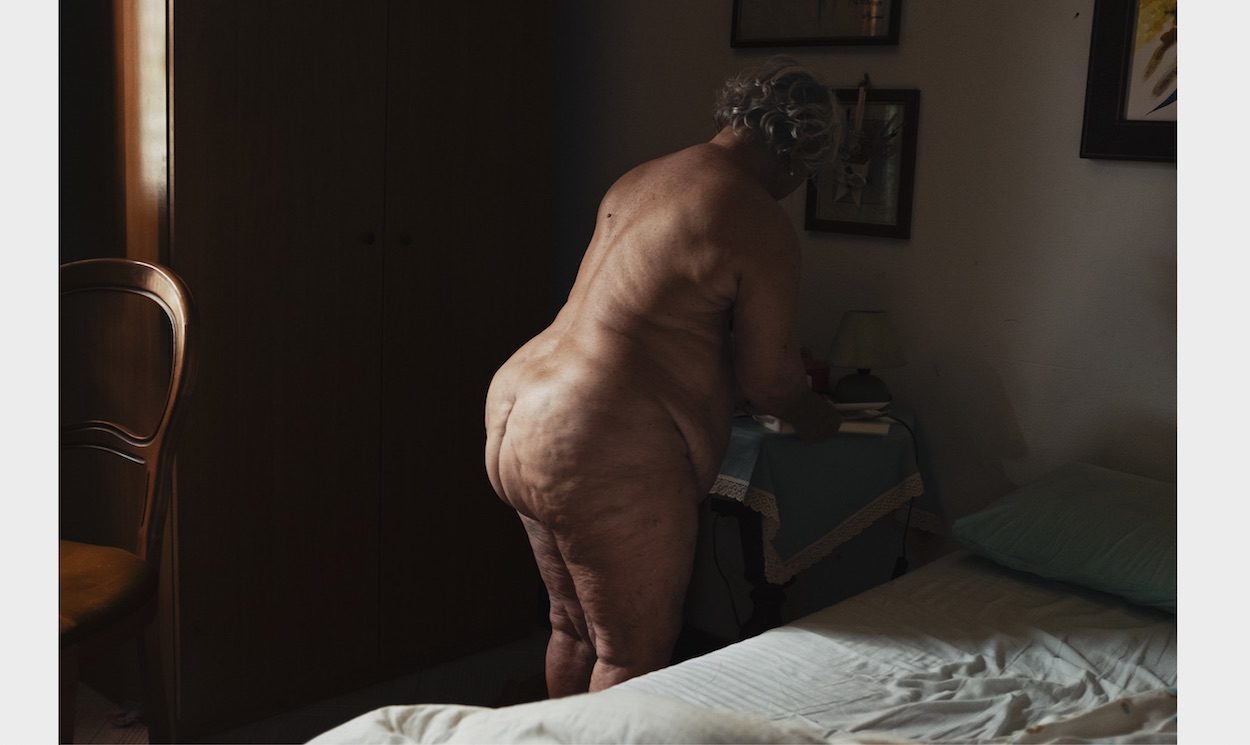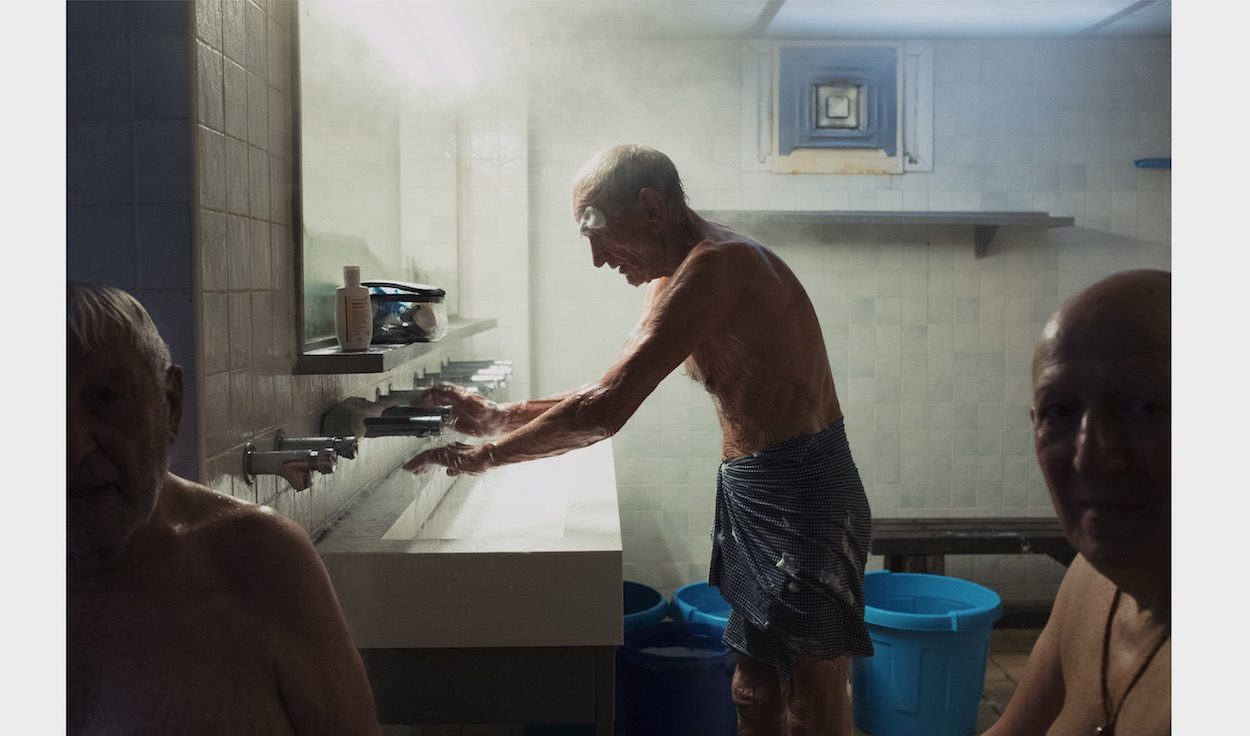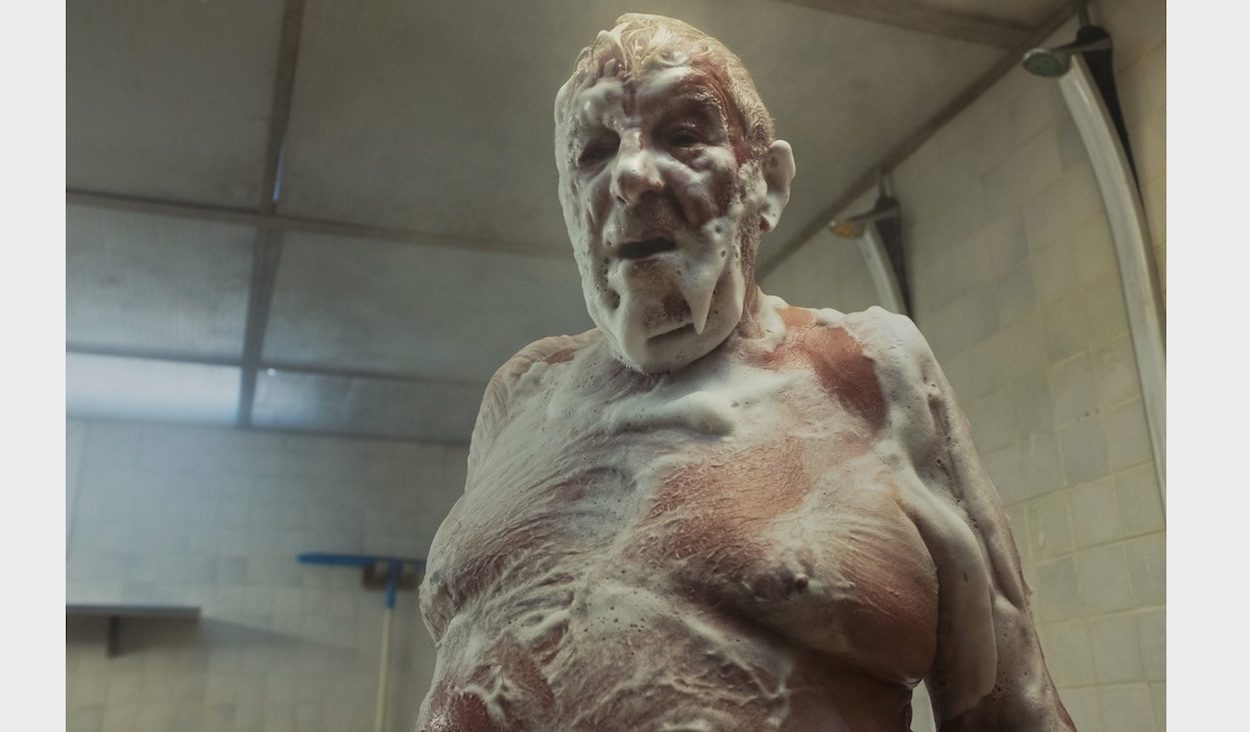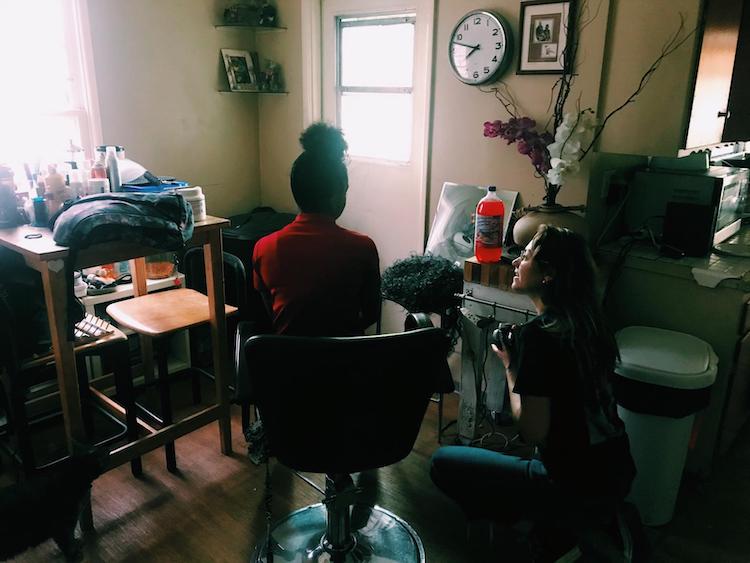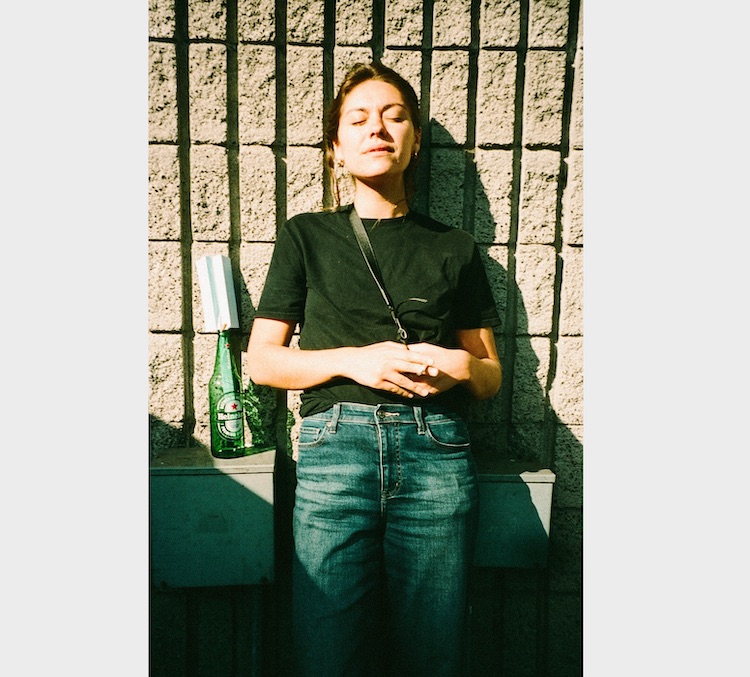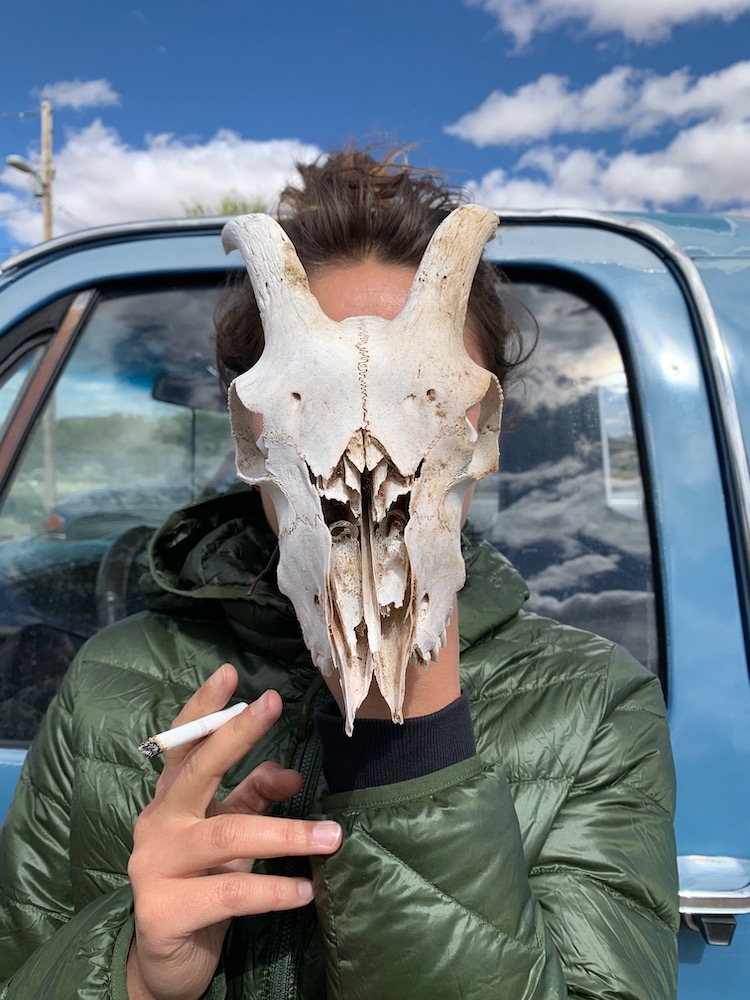Briefly please sum up your childhood. Was it particularly creative?
It was certainly an unusual upbringing growing up on film sets and stills shoots, but it was also such a busy childhood. Mine and my sister’s extracurricular timetable was one that could make your eyes water, and it was executed with unwavering military precision by various live-in nannies over the years. I wince referring to the ‘nannies’ because I’m acutely aware of how incredibly privileged it sounds, but the reality of having an actress mum and a photographer dad meant they worked arduous hours and were often away for long periods of time.
I was fascinated by my parent’s professional identities as a kid. I spent a lot of time at the former Metro off the Kings Road with Dad hanging over the light box looking at 35mm negs and running around his photographic studio with my sister. I would watch Mum slip seamlessly in and out of character when I came to visit her on set, which was as unnerving as it was mesmerizing. There was a lot of theatre in our house, in the sense that performance and individuality were actively encouraged. Mum once brought home a prosthetic corpse from her show Silent Witness and encased it in glass to use as a coffee table; I think staring at that over the years certainly stirred my imagination.
What was your route into filmmaking?
I started lighting a few of the film students’ short films at Leeds University (I was doing an Art History degree). Due to some ridiculous Health & Safety regulations the students weren’t allowed to touch the lighting equipment available to them. I would drive to ProVision rental house nearby and blag us so much kit that I would barely be able to drive the car away because of the additional weight. I found my home working on those little sets; the camaraderie was like nothing I had experienced before.
I managed to get a few days work experience in the camera department on a TV production in Manchester, which led to being offered a fulltime camera trainee position. I had only just handed in my dissertation and so two months of partying were abruptly exchanged for 4.30am alarms and a daily 35-mile drive to Rochdale. For the next eight years I worked in the camera department as a 2nd Assistant Camera working on productions such as The Crown, Black Mirror, The Worlds End and Sherlock. I would shoot my own projects when I could, determined to apply what I was learning on set into my work. I took great pride in my job as a camera assistant, but I found it creatively stifling, as it’s such a physically demanding role. Putting an eye to my own viewfinder was a form of relief from the discipline and routine.
Your film We The Bathers blew us away at the 1.4 Awards with its beautifully crafted and intimate portrayals of people bathing and revealing their innermost emotions. Let’s start at the beginning:
What was the original brief – and how did you evolve your initial treatment?
LUSH initially wanted to make a film centred on the cultural differences in bathing rituals, however they were really open to interpretation. I stayed pretty much on brief during pre-production, perhaps pushing the storytelling element a little further, but it was only when we started shooting that I realised how potent our relationship with water really is. The first two stories in the film were actually the first on our shooting schedule, and what I learnt from those contributors totally reshaped my approach. I knew then this was going to be a film about emotional management. LUSH embraced this discovery and trusted my instinct, which is all you can wish for as a filmmaker.
Because of the numerous locations – was it 15 set ups in five countries? – you must have had a super nimble crew…
To say we ‘covered ground’ is an understatement. We were on the road for five weeks starting in Margate and Canning Town before leaving for Japan, Los Angeles, New Mexico and Sicily. I set sail with a skeleton crew of myself, Cinematographer Amelia Hazlerigg, Producer Basil Stephens and Sound Recordist James Rewse-Smith. During pre-production I collaborated with field producers Tabs Breese, Takane Oura and Andrea Gambadoro to seek out and build preliminary inroads with our contributors; we leant on them heavily as guides and translators on arrival in each country.
I would have around five hours on average with each contributor, which is nothing considering the emotional depths I knew I needed to reach. I laid pretty strict boundaries between the contributors and our crew to avoid disturbing the innate spirit of their environment. I had such a short space of time to learn everything I could about that person, there just wasn’t time for trivial conversation.
Shooting on camera was quiet and incredibly disciplined. Amelia and I created a ‘shooting manifesto’ during pre-production so that we never had technical conversations in front of our subjects. That was really important to me. I would record voiceover with sound only, usually after shooting the bathing element so I could clear everyone out and create a really intimate setup to dig deep with my subject.
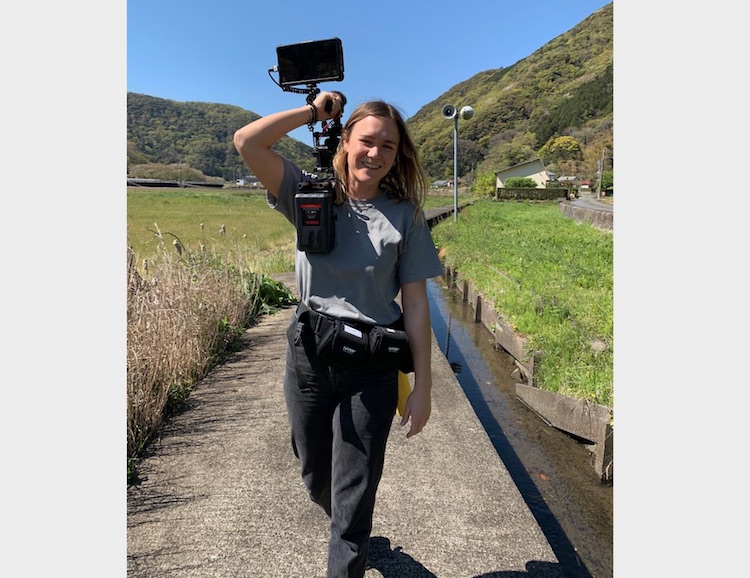 Cinematographer Amelia in Japan
Cinematographer Amelia in Japan
What was behind your decision to use locked off framing and the technical set up and kit you used? Please tell us about the process of filming on location…
Knowing our budget was only going to afford me Amelia as a one-woman band, simplicity was key. I wanted to create a series of moving postcards using locked off, wide lenses with plenty of depth of field so that we could leave the room with the camera running should we need to.
Shooting a documentary on sticks with locked off frames was incredibly challenging, as we weren’t able to react quickly to our environment like you would do handheld. I believe in trusting the unpredictability of life around you; if the subject left the frame it was about resisting the urge to reframe and waiting to see what could happen next. More often than not it was worth the risk and we were often surprised.
The portraits – both in the film and photographs – reveal extraordinarily intimate sides to the characters. What was your process for winning their trust in such a natural way?
On arrival I would spend time alone with each contributor. This period was all about inquiry, intuition and discovery. I entered these worlds with the aim to empower and celebrate each person and to present them with a safe and unbiased platform on which they could share their story. I would look up to each of these people as a student would look to their teacher.
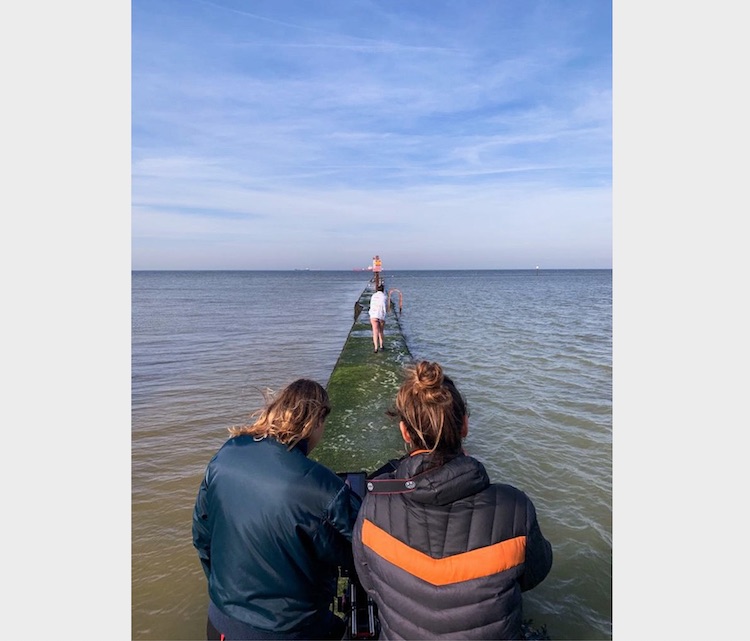 Amelia and Phoebe shooting in Margate
Amelia and Phoebe shooting in Margate
Did you have your own barometer for knowing when to stop questioning?
Time has to be gauged carefully when you’re shooting with real subjects. I have a pretty strong intuition for reading other people’s energy, and when I felt it starting to drop I wrapped things up quickly. I didn’t want people to feel like they had been emotionally bled out after my time with them, especially because I was forming such short-lived relationships. Walking away from some of those scenarios was really hard.
You reveal their souls but how did you approach their nudity?
I broached the subject of nudity with LUSH very early on in our development, as I was adamant it had to be embraced if we were making a film about bathing. Women’s bodies are consistently framed in such a provocative way in film and I wanted to hold a quieter, observatory lens up to our most natural state of being. The camera draws so little attention to itself in the film that it feels as though we’re sitting quietly next to them.
My decision to shoot on wide lenses also meant it was impossible to frame out people’s privates! The contributor often didn’t know they were expected to get their kit off and so I had to gently coax people into doing it; I’ve become an expert in that field.
What were the most challenging aspects of the edit and how did you resolve them? Did many scenarios end up discarded?
The process was laborious and overwhelming, with occasional moments of euphoria. It was particularly difficult to work out the combination of how to order the stories. The editor, James Smith-Rewse, and I printed out paper profiles of the contributors, and I would spend the first hour of every day shuffling them around trying out different orders. The message changed so dramatically depending on the juxtaposition of stories; I think we made over thirty edits in the end, and there were eight other bathers that didn’t even make the cut!
What did you take away from the whole experience of making this film?
I think we’re all just hanging on by a thread.
Phoebe Arnstein is signed to Pulse Films
